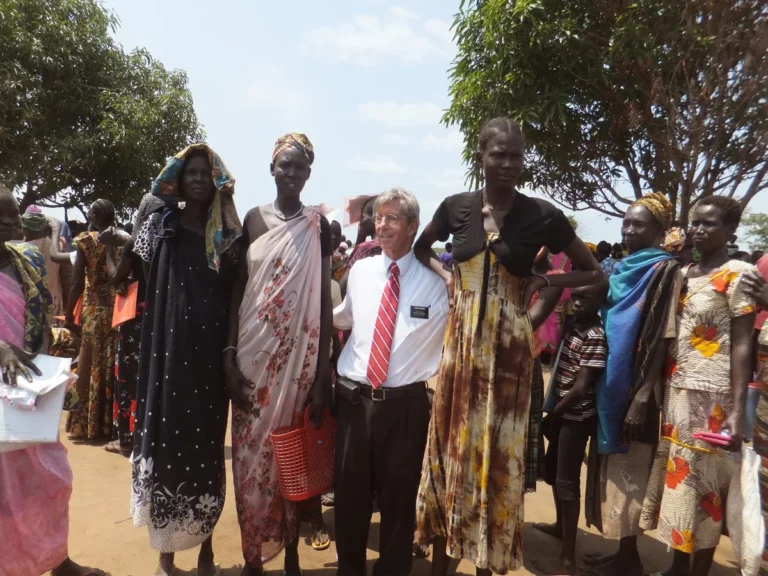Tallness has long been considered an attractive trait for men and often for women. The leaders in this matter are considered to be Tutsis — the tallest people on the planet. Where do the tallest people on Earth live? What factors gave the Tutsis a height advantage?

The Tutsi or Watusi people live in Africa in several states at once: Rwanda, Burundi, the Democratic Republic of Congo and in the border regions of neighboring countries. They are quite numerous — about 2.5 million people. Their traditional occupation is cattle breeding. In semi-desert areas Tutsis breed meat and dairy breeds.
While not completely nomadic, Tutsis do move from place to place following their herds. Although people today have become involved in other activities, cattle breeding still plays a leading role, and bride price is still measured in the number of cattle.

The Tutsis are Catholic, but Islam and local ancient beliefs are also in use. Many speak several languages at once: Rundi and Rwandu dialects, as well as French.
But the most famous feature of the Watusi is their height. While the average European man is 178 cm and the average Asian man is about 170 cm, the Watusi have a height of 193 cm. Naturally, these are only average values.

A large proportion of Watusi men are 2 meters or taller. Even the average height of a woman varies about 175 cm. This makes the people the tallest average people on the planet. But what allowed the Tutsi to become so tall?
There are several versions to explain the high growth of the Tutsi. Scientists believe that about 65-80% of the height of people in any population depends on genetics. The taller the parents, the taller the children. From this point of view, scientists explain the high height of Tutsis by their occupation.

There is not much grass in the savanna and the herds move quickly and over long distances. For generations, Tutsi shepherds had to walk long distances every day and sometimes even run after the herd. Long legs were an advantage. And gradually, those who could give their offspring a tall stature as a means of survival secured their genes in the population. This is borne out by the fact that the neighboring Tutsi cattle-breeding peoples are also tall.
Sorghum is a herbaceous plant in the Cereals or Meadowgrass family. It includes about 30 species that grow in Asia, Africa, South and North America, Europe and Australia. A number of sorghum species are grown as a cultivated plant — bread, technical and forage.
The remaining percentages are accounted for by non-genetic determinants of growth. Among these, nutrition plays a leading role. Here, too, traditional Tutsi occupation played a role. Cattle breeding has left its mark on nutrition. The menu of the Tutsi includes a lot of dairy products and cereals, especially sorghum. With a positive effect on the bone tissue, these foods could also provide a high growth for the Tutsi.
Unfortunately, the high stature did not protect the Tutsis. In mid-1994, the related Hutu people unleashed an armed conflict. The Tutsis were and still are subjected to a brutal genocide. Therefore, the number of the tallest people on the planet is declining.







